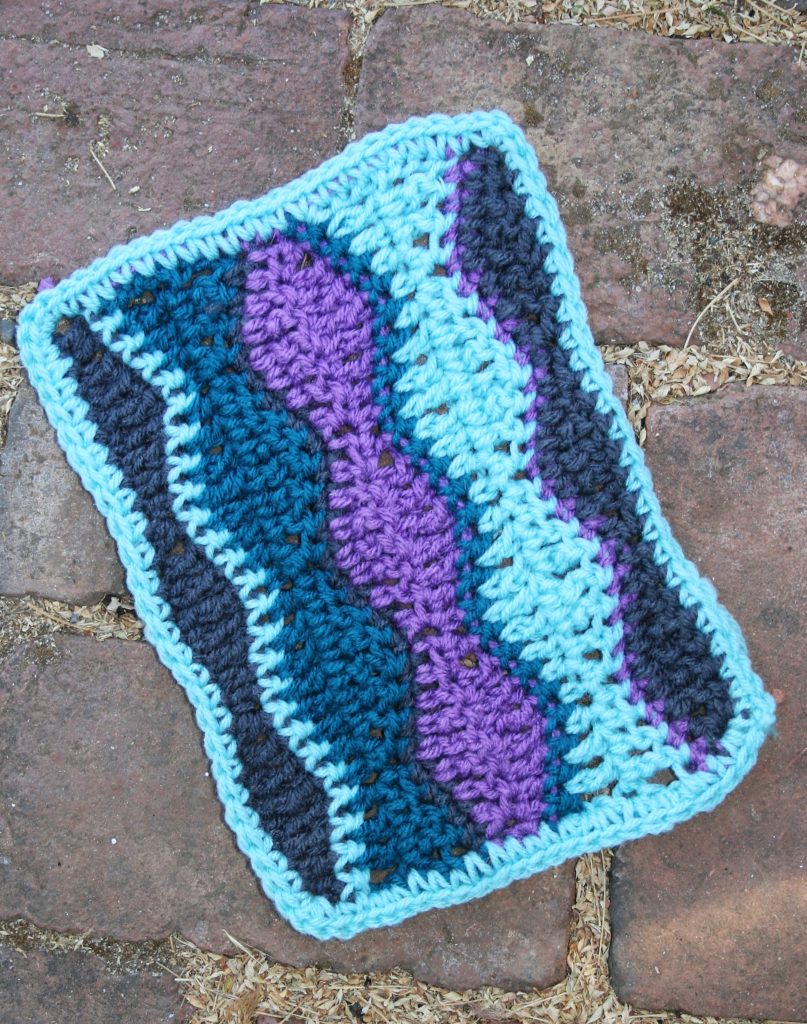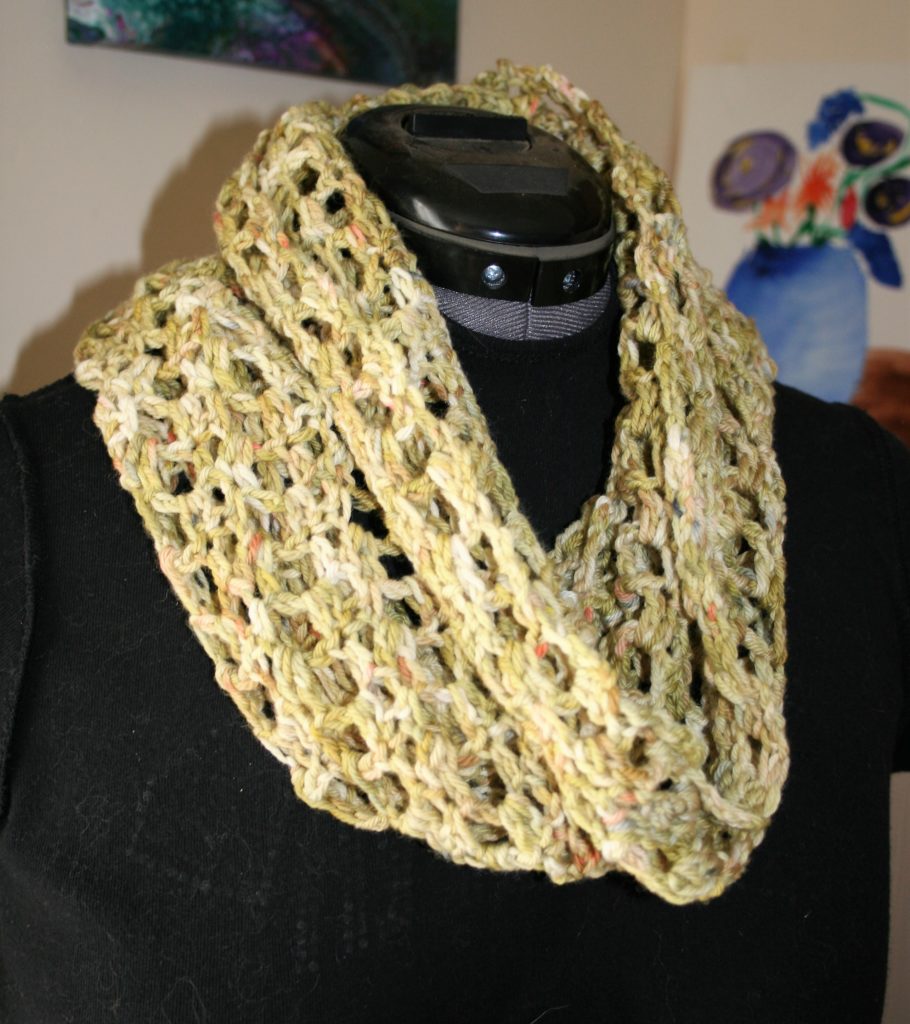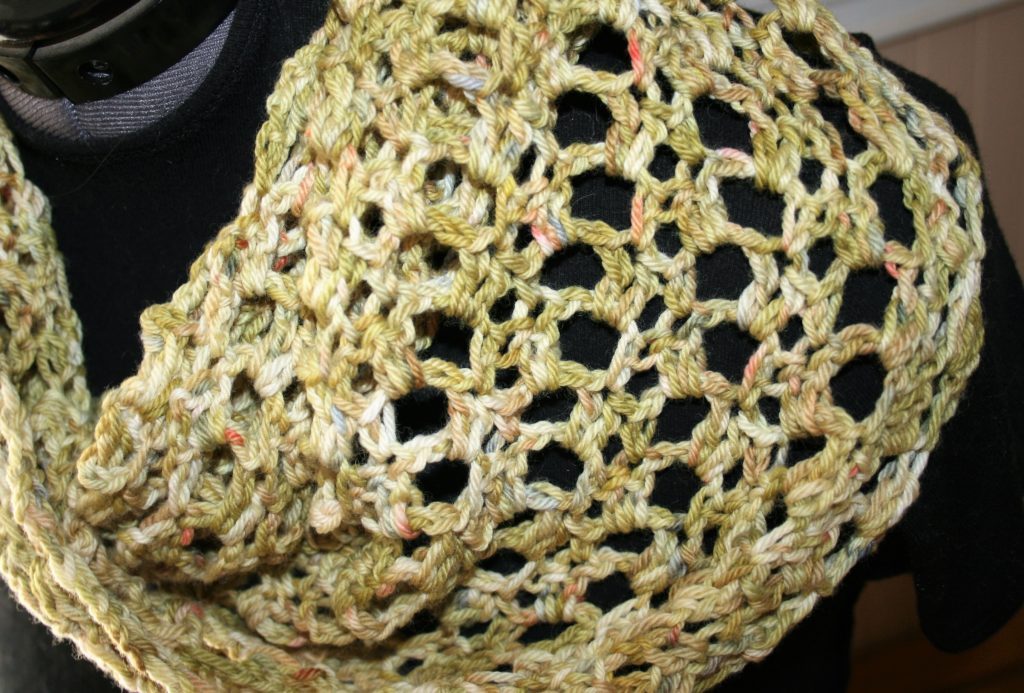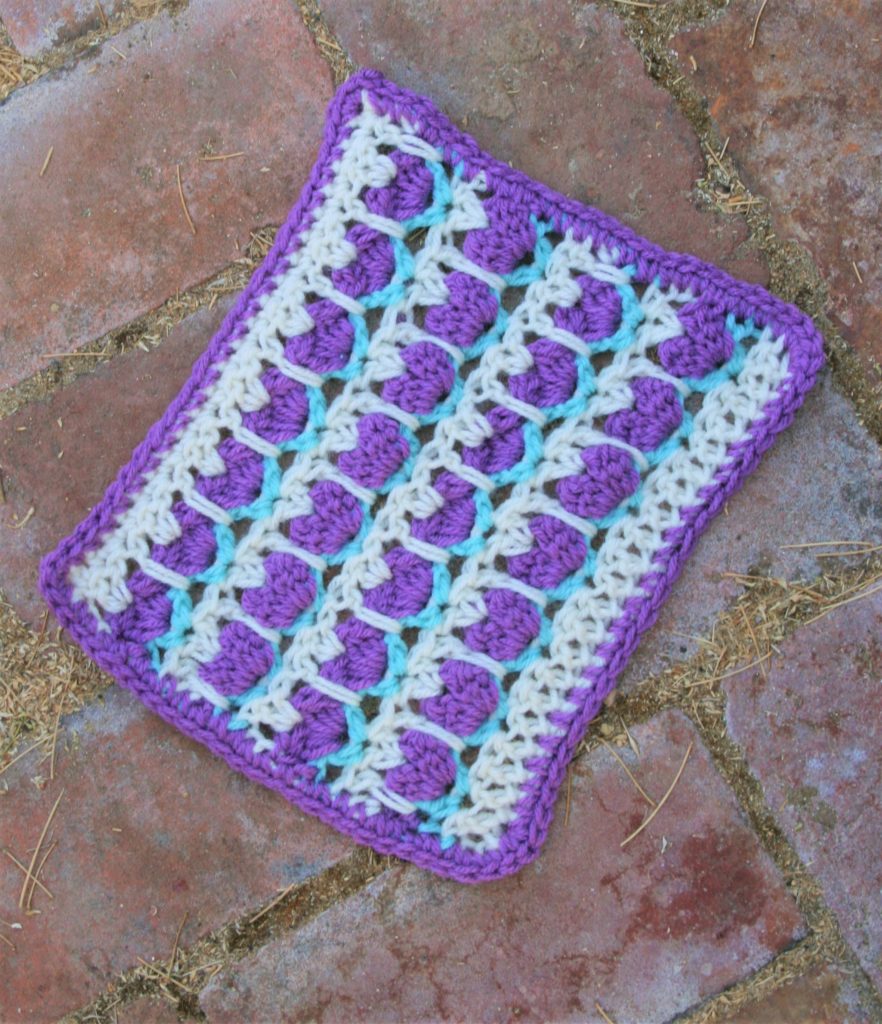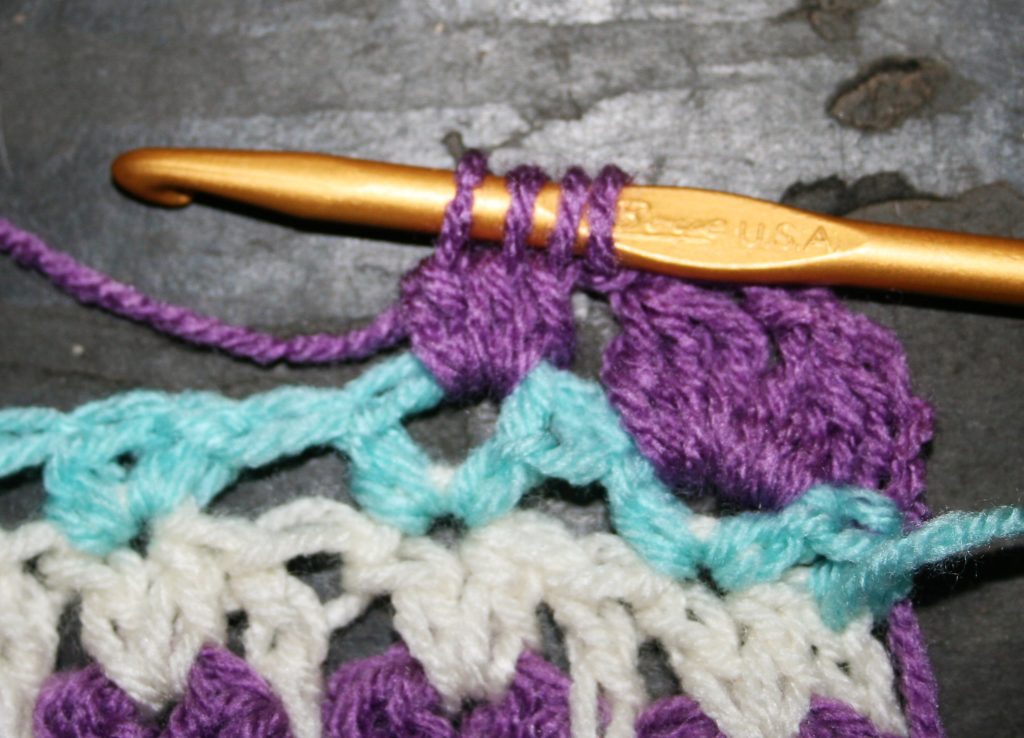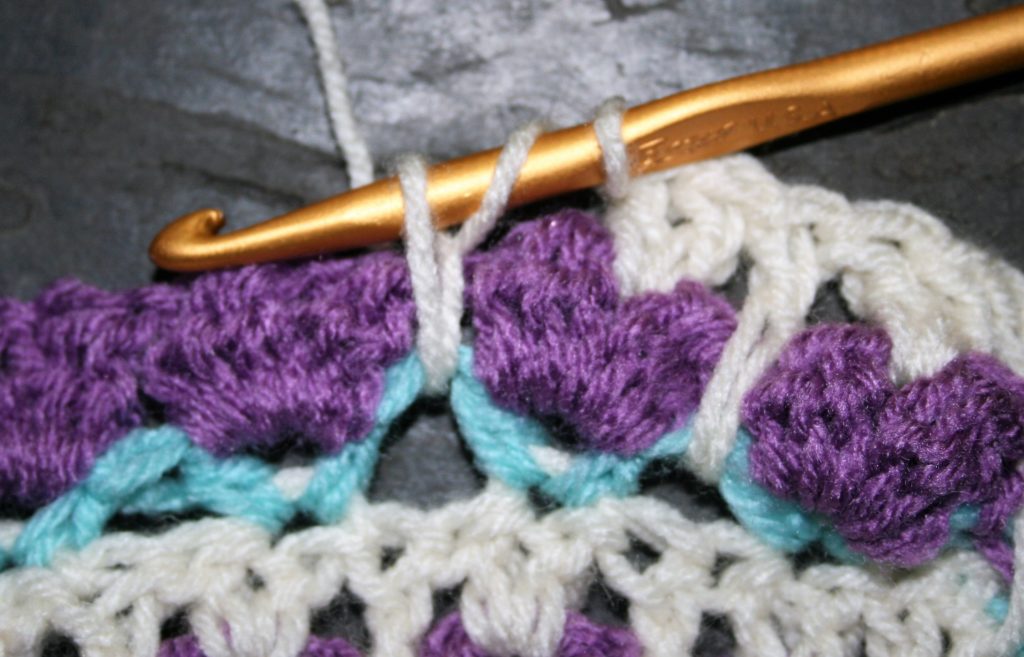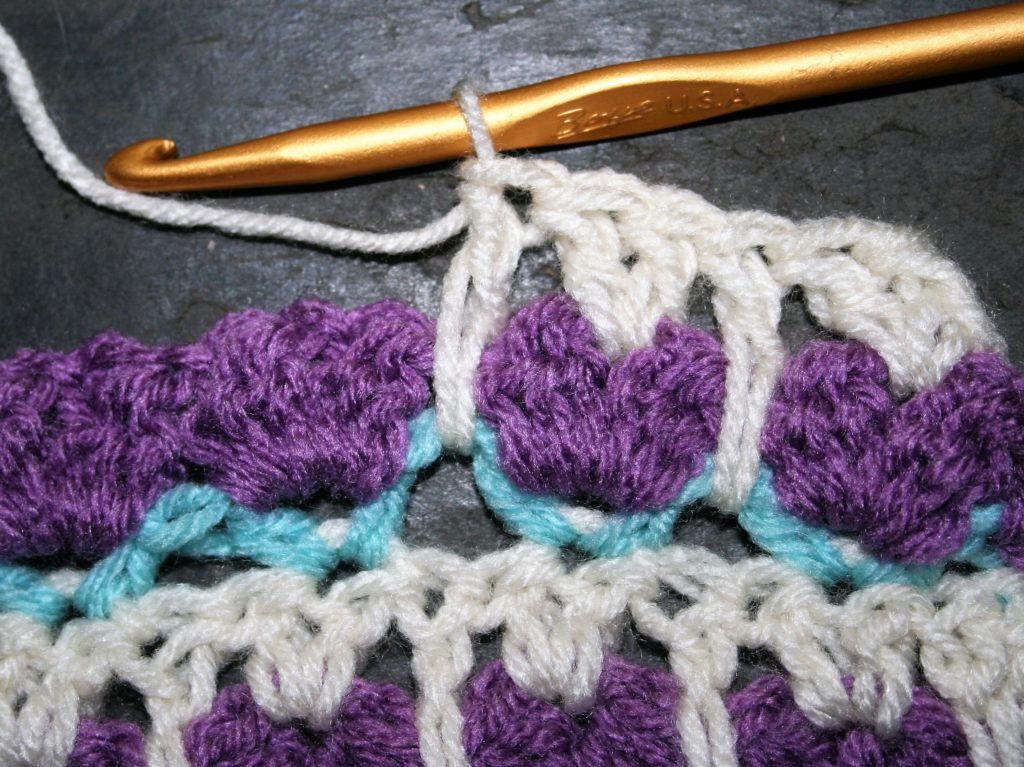Crochet is all about the loops and how you work them, and working tall stitches can create lace . This lends itself to infinite possibilities.
One way to explore crochet is through tall stitches. Tall stitches utilize the same concept as the standard double crochet. Yarn over your hook, insert it into a location, yarn over and pull up a loop, then yarn over and pull through two loops until you only have one loop on your hook.
The more times you yarn over before inserting the hook into a location the taller the stitch will be using the above method. There are names for each stitch depending on how many times you yarn over, but honestly I have to look them up every time I write them in a pattern, and in this description I want to share the concept and how to play with them.
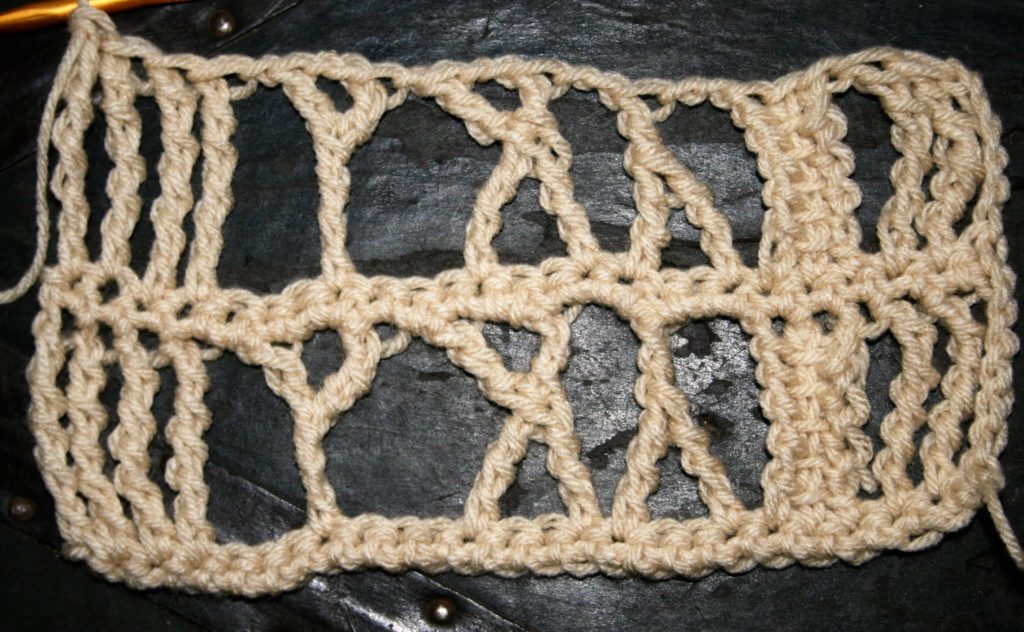
This might seem like you can create inches of fabric faster and really whip through your projects, but these stitches have some slight disadvantages. The taller the stitch the holey the fabric. This is because the stitches are only connected at the top and bottom. Allowing movement and space between them.
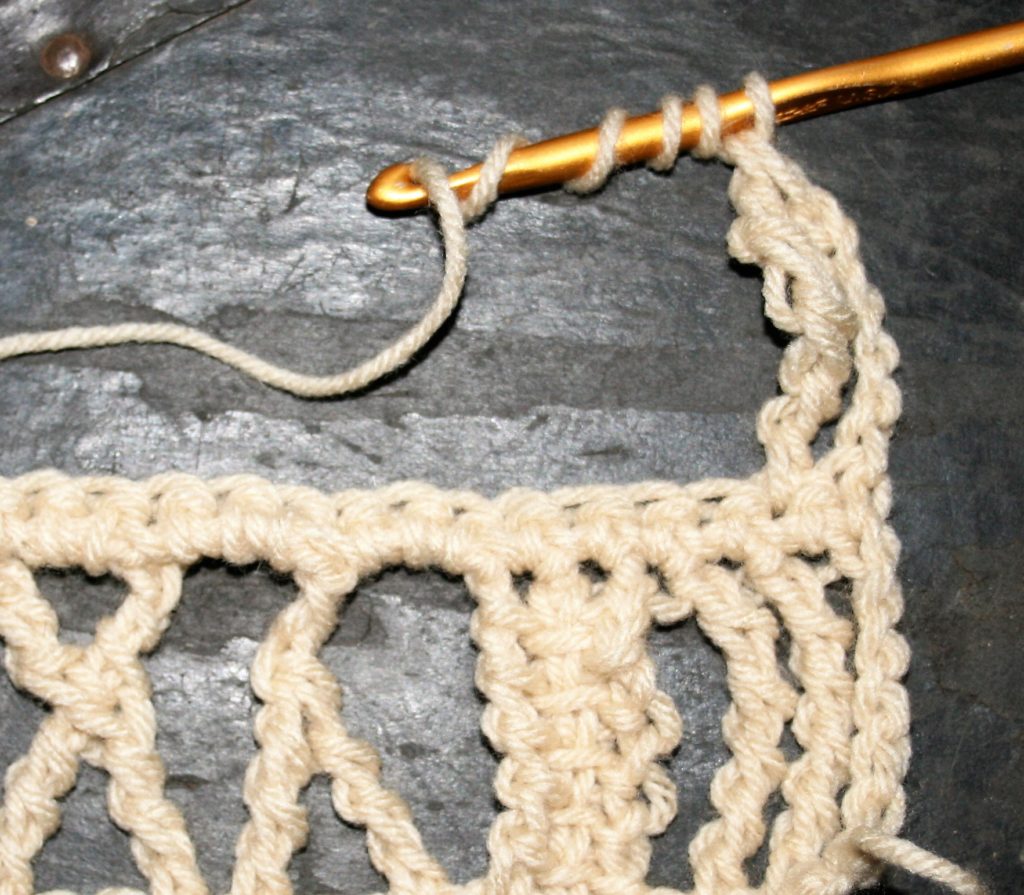
You can link the yarn overs, as is demonstrated in Linked Stitches (here). Essentially you are inserting the hook into each yarn over of the adjacent stitch and pulling a loop through it. This closes the gap between stitches and creates a denser fabric. However in reality you are really working Tunisian crochet in the opposite direction as is standard. It is a nice process and some might say trick, but it may not be the look you are going for.
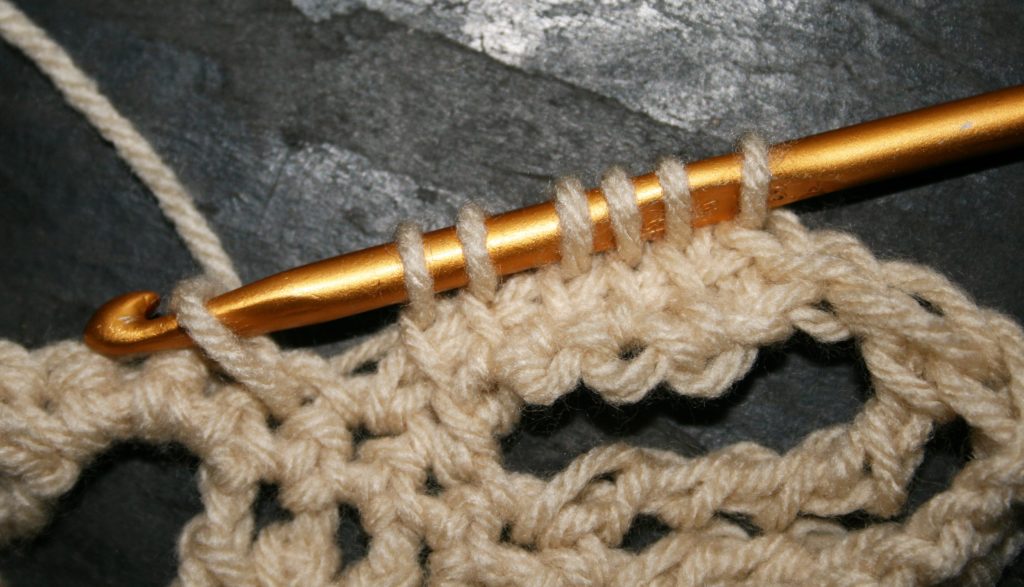
The other thing you can do with tall stitches is create some interesting lace stitches, some that resemble letters or rune marking. These can be created in various ways. Here is a demonstration of just one possibility.
You begin the stitch as normal, in this case I have yarned over 5 times. Inserted the hook, yarn over and pull through 1, and then worked 3 of the yarn overs off my hook. I then yarned over an additional 3 times, skipped a couple of stitches and reinserted my hook. Yarn over pull up a loop and worked off the 3 added loops. Now I completed the remaining of the loops to finish the stitch.
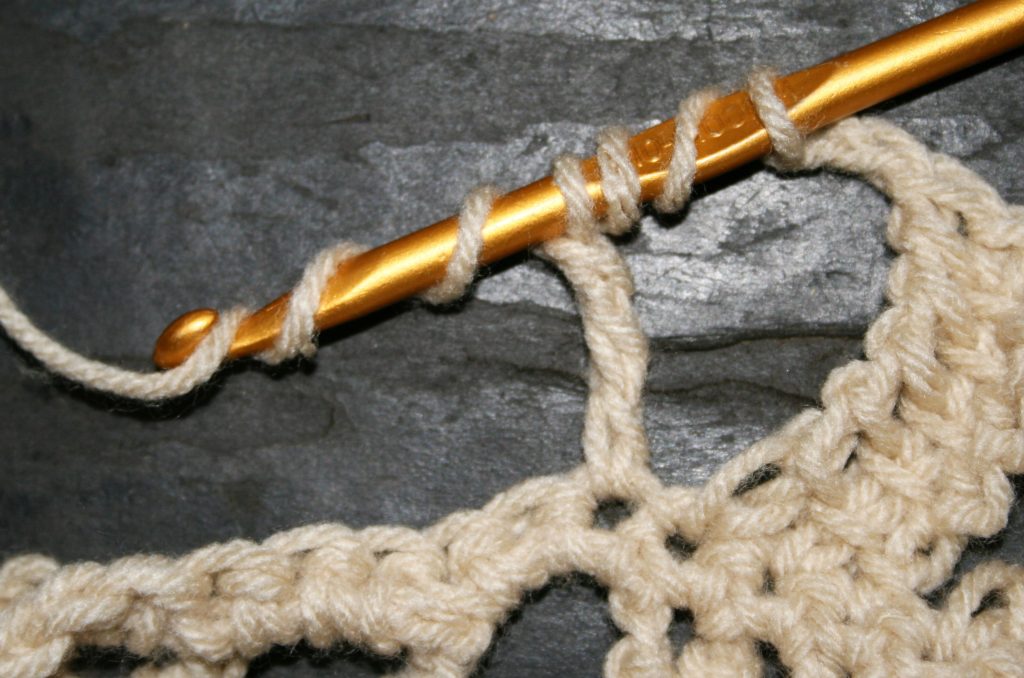
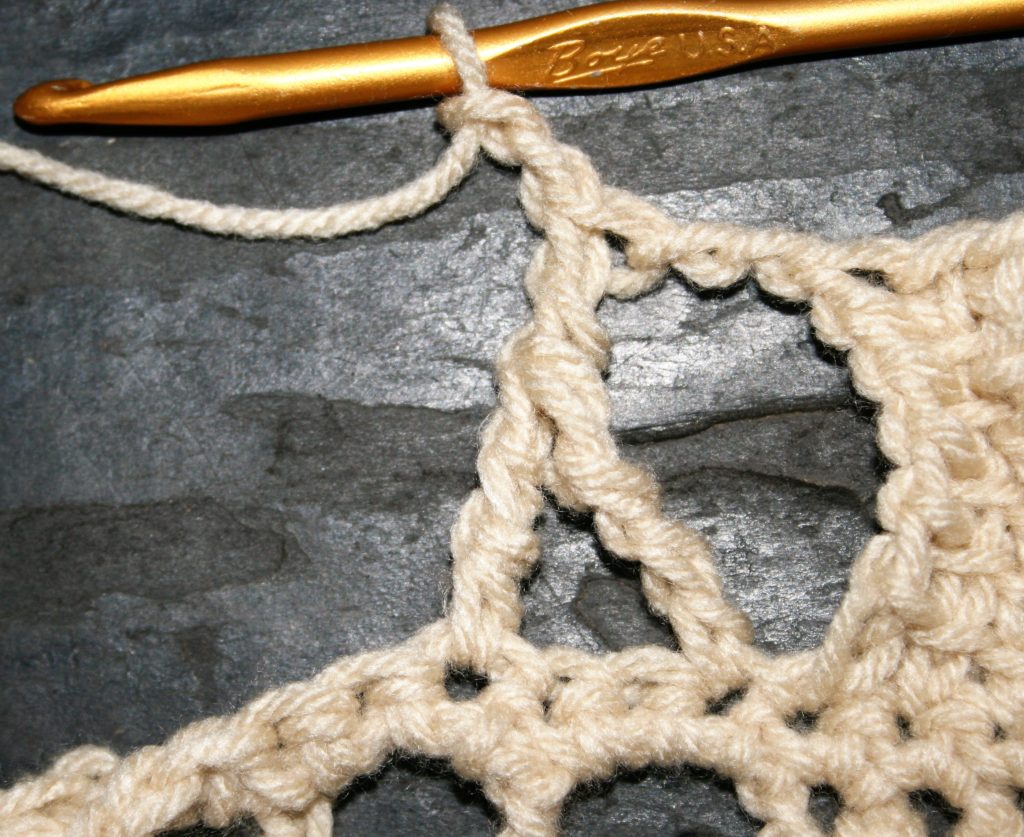
If I wanted to make this effect more symmetrical, I chained the number of stitches I skipped and worked a double crochet at the “join point” of the stitch. This gave me an “X” effect. (Learn more about tall stitches here)
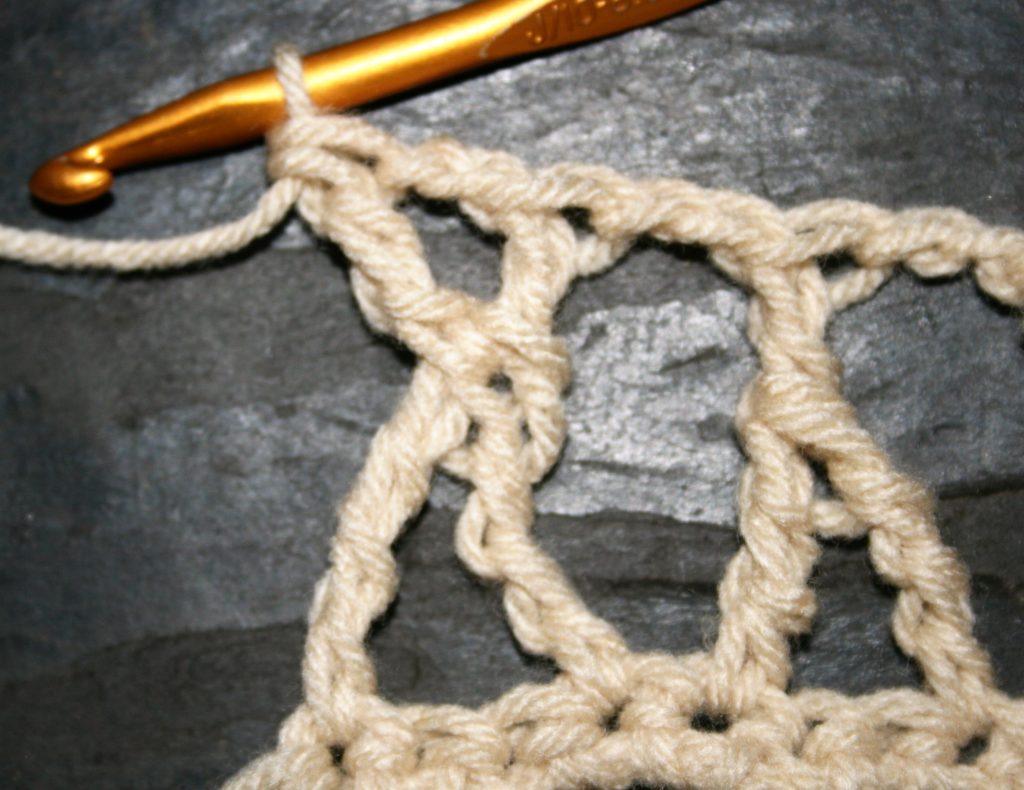
These are really airy stitches, but make quick lace. Give these tall stitches a try for yourself, and play a bit. I find that it is the best way to gain real insight into my craft.

